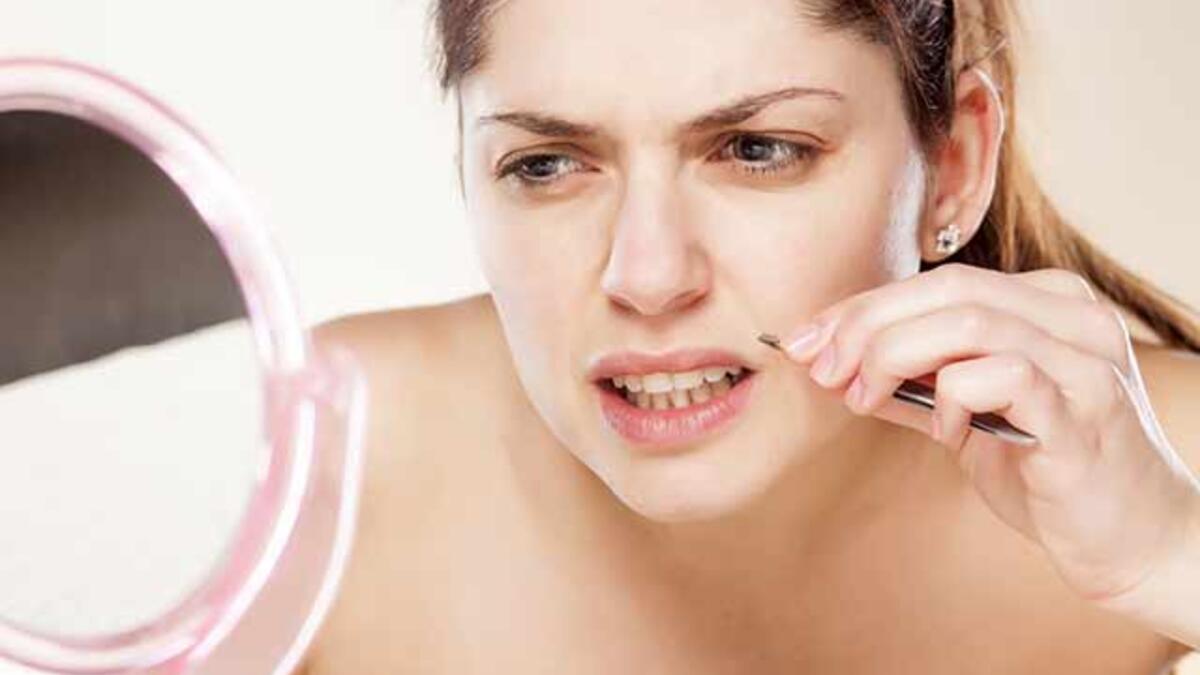- 0 332 350 37 67
- bilgi@ezgiulu.com.tr
Hirsutism (Excessive Hair Growth)

Hirsutism (Excessive Hair Growth)
Excessive Hair Loss: With the start of menstrual bleeding, hormonal and female-specific changes occur in a young girl's body. For a healthy hormonal structure, the centers in the brain, ovaries, thyroid and adrenal glands must work in harmony. Excessive hair growth is the growth of long, thick and hard hair on the face, chest, abdomen, back, arms and upper legs. This situation not only indicates a cosmetic problem, but also a hormonal irregularity.
Each hair grows from a root called a follicle under the skin, and even if the part of the hair above the skin is removed, the hair continues to grow as long as the root remains. There are approximately 50 million hair follicles in the human body at birth. There are two types of hair in adults, the first of which is the thin, colorless and short hair found on the face, breasts and back of many women. The second type is the hard, long and dark hair found on the head, armpit and genital areas of both men and women. The number of hairs on the forearms (below the elbows) and legs below the knees is independent of the hormonal status of the person, and excessive hair growth in these areas is not a disease.
Generally, excessive hair growth is due to increased androgens (male hormones) in the blood. Androgens are hormones found in both men and women, with higher levels in men. Androgens cause thin, weak and short hairs to turn into hard and long hairs.
How is it treated?
The most commonly used drugs in the treatment of excessive hair growth are birth control pills. The estrogens in these pills bind to androgens in the liver, reducing their effects. Another drug, Spiranolactone, blocks the effect of androgens on the skin. Cortisone is used in the treatment of excessive hair growth due to diseases of the adrenal glands. In recent years, excessive hair growth has been treated by blocking androgen release from the ovaries with a group of drugs called GnRH analogues. New hair growth is prevented by hormone therapy. Pre-grown hairs do not fall out with hormone treatment, and can be removed by epilation after the end of the treatment. Approximately one to two years after starting hormone therapy, the dose of the drug is reduced to determine whether hair growth recurs and, if necessary, the drug is continued for a longer period of time.
Everyone has a certain amount of hair on their body. In some cases, women may experience excessive hair growth problems, the cause of which is unknown but usually due to hormonal reasons. These hairs, which are sensitive to androgen (male hormone), cause male-type hair growth in women as a result of the dominance of the hormone in question. This disease, called "hirsutism" and specific to women, occurs with the onset of androgen dominance. Hair follicles fed with androgen tend to have hard, thick and male-type hair distribution with the stimulation of this hormone.

